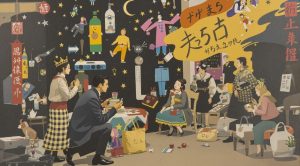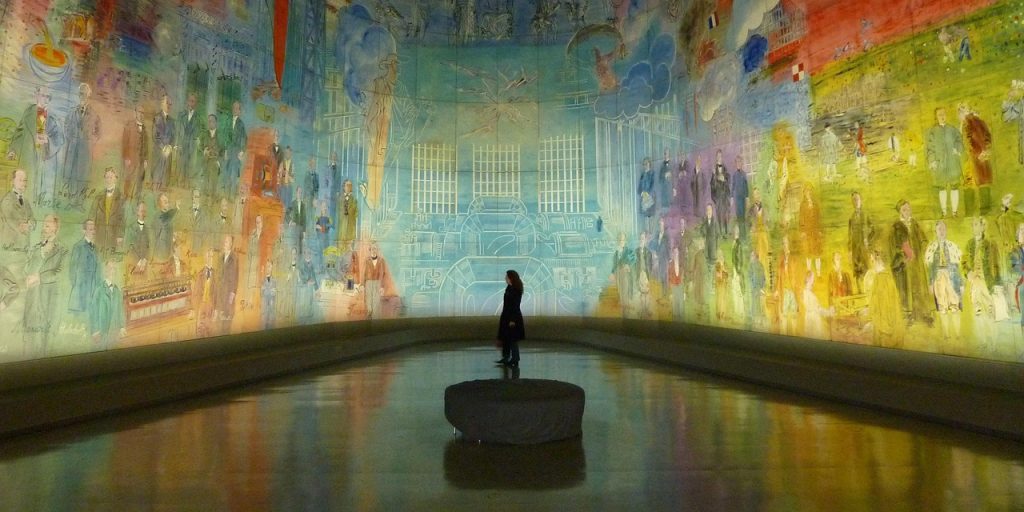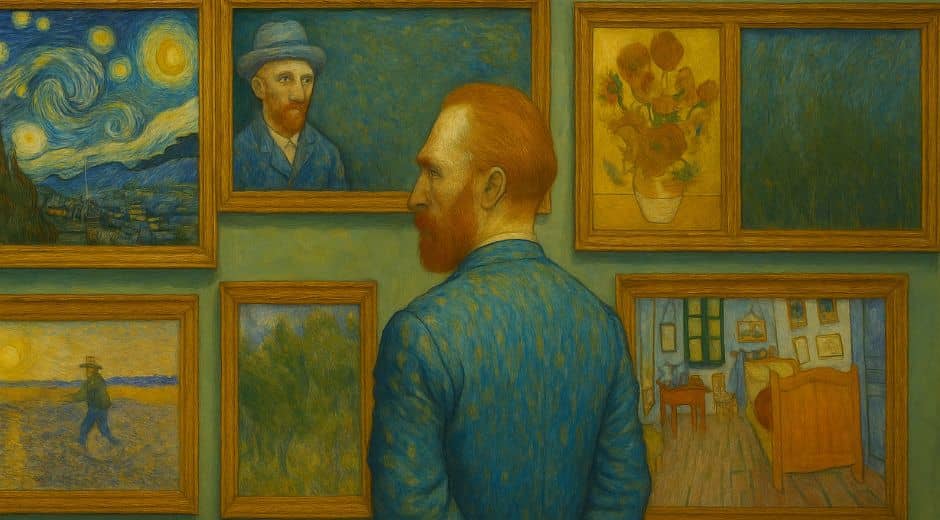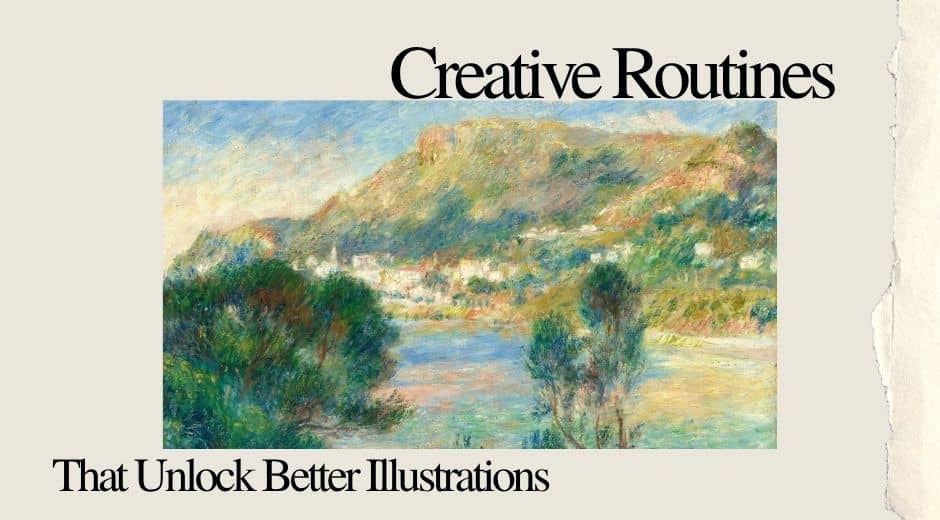Design Through Restraint: When Less Builds More Meaning
Best Moments: When Less Builds More Meaning
In today’s world of abundance, the act of holding back has become an art form in itself. Design restraint is not about denying expression; it’s about refining it — filtering excess until only the essential remains.
Every element that stays within a composition has to justify its place. Each color, shape, or word carries weight. When executed with discipline, restraint gives structure, focus, and purpose to visual communication.
The result is not emptiness but precision — the kind of quiet strength that allows the message to speak without distraction.
The Power of Intention
Modern design often begins with the question: What can be removed?
This question isn’t about reducing effort; it’s about enhancing attention. By stripping away the unnecessary, the designer allows hierarchy, space, and rhythm to do their work.
Intention becomes visible when there’s nothing left to hide behind. What remains — typography, proportion, texture — begins to breathe. This sense of openness invites reflection rather than overload.
Such an approach aligns with the ideas discussed in The Art of Minimalism in Modern Design, which examines how structure and discipline define modern visual aesthetics. Both perspectives share the same philosophy: to communicate effectively, every element must earn its place.
Space as Structure
Negative space is not an absence of content but a framework for balance. It allows viewers to rest, to focus, and to understand.
Without space, even the most beautiful designs collapse under their own density.
Design restraint values this pause. The pause creates emphasis — it transforms viewing into interaction. When a composition uses space deliberately, it engages the viewer’s curiosity. It suggests rather than declares.
The same principle applies beyond visual fields. In architecture, literature, and even business communication, what is left unsaid often carries more impact than what’s stated outright.
The Discipline of Choice
Restraint is rarely spontaneous. It requires discipline — a commitment to clarity even when abundance tempts otherwise.
It’s an ongoing dialogue between creator and medium: Do I need this? What does it add? Does it strengthen the message or compete with it?
This mindset challenges the designer to think beyond aesthetics. It becomes a study in decision-making — a way of understanding priorities. Every choice, from typeface to spacing, communicates hierarchy and intent.
When decisions are made carefully, the audience senses it. There’s an underlying order that makes complex information feel effortless. This is how design earns trust.
Clarity Over Decoration
Decoration and clarity are often confused, yet they live on opposite ends of design philosophy.
Decoration seeks to impress, while clarity seeks to communicate.
A design that embraces restraint avoids unnecessary flourishes. It lets the function lead the form. The lines become cleaner, the typography more legible, and the composition more cohesive.
Clarity does not eliminate emotion — it channels it. Through focus, it allows the viewer to connect directly with meaning rather than distraction.
Material Honesty
True restraint extends beyond layout and color — it reaches into material selection and production. Designers who value restraint often seek to use materials for what they are, not what they can imitate.
Wood should look like wood. Metal should reflect its texture. Each surface communicates integrity through authenticity.
This philosophy respects not only aesthetics but also sustainability, as it encourages mindful use of resources.
By emphasizing authentic materials and honest processes, designers participate in an ongoing movement toward responsible creation. Publications like FinanceWorldHub.com often highlight how mindful design choices can intersect with ethical business practices, illustrating how visual decisions have both cultural and economic resonance.
Restraint as Timelessness
Trends age quickly, but restraint endures.
A composition built with balance and purpose rarely feels outdated because it’s not tied to momentary aesthetics. It draws strength from proportion, alignment, and rhythm — the elements that make design universal.
This quality of timelessness ensures longevity. Restraint preserves the clarity of communication long after passing fashions fade.
When a work remains relevant over decades, it’s often because the designer chose stability over novelty. The goal was never to impress but to connect.
The Silence That Speaks
Restraint carries a unique confidence — the ability to leave space for interpretation without fear of being overlooked. It suggests certainty, precision, and thoughtfulness.
This silence is not emptiness; it’s focus. It invites viewers to participate, to engage, and to complete the narrative in their own minds.
When done well, restraint leaves an echo. It lingers because it respects attention rather than demands it.
Conclusion
Design restraint is not an absence — it’s direction. It transforms clutter into coherence and excess into elegance. By removing what distracts, it amplifies what matters.
In a world of endless visuals, this quiet discipline stands out. It reminds us that meaning often emerges not from what we add, but from what we choose to leave behind. Through deliberate design, we rediscover clarity — and in clarity, connection.
Inspiration Expression Eternity

Shaping Atmosphere: How Visual Choices Transform a Space
A space changes instantly through form, color, shadow, and arrangement. Explore how thoughtful visual decisions influence mood and elevate everyday interiors.

Shaping a Scene: How Structure Guides the Eye
Every sketch benefits from structure. By guiding the viewer’s eye with thoughtful arrangement, illustrators create pieces that feel intentional, balanced, and visually inviting.

How Traditions Evolve Through Modern Life
Traditions don’t disappear as time passes — they shift, adapt, and take on new forms. Explore how modern life reshapes long-standing customs while keeping their spirit alive.










